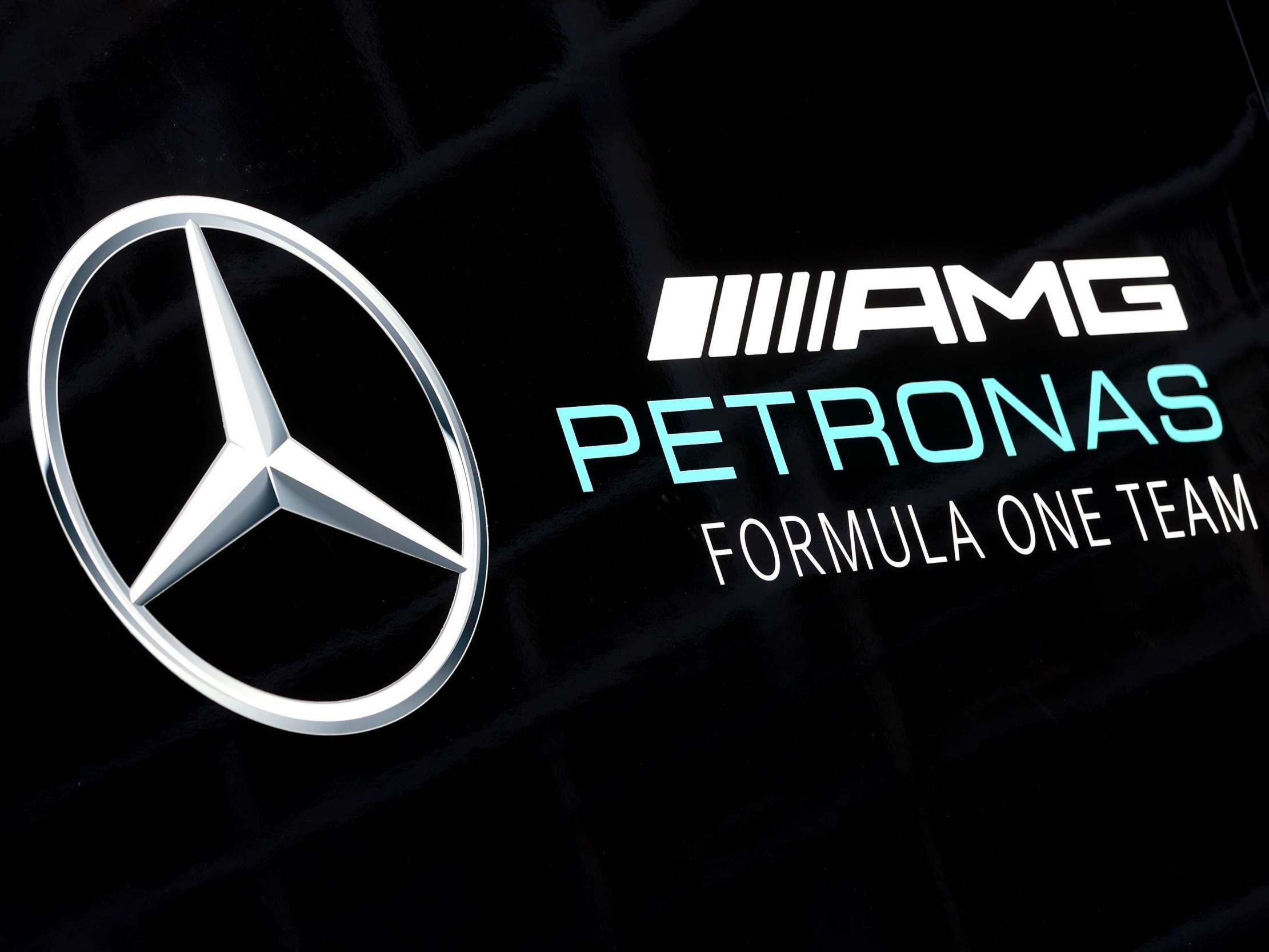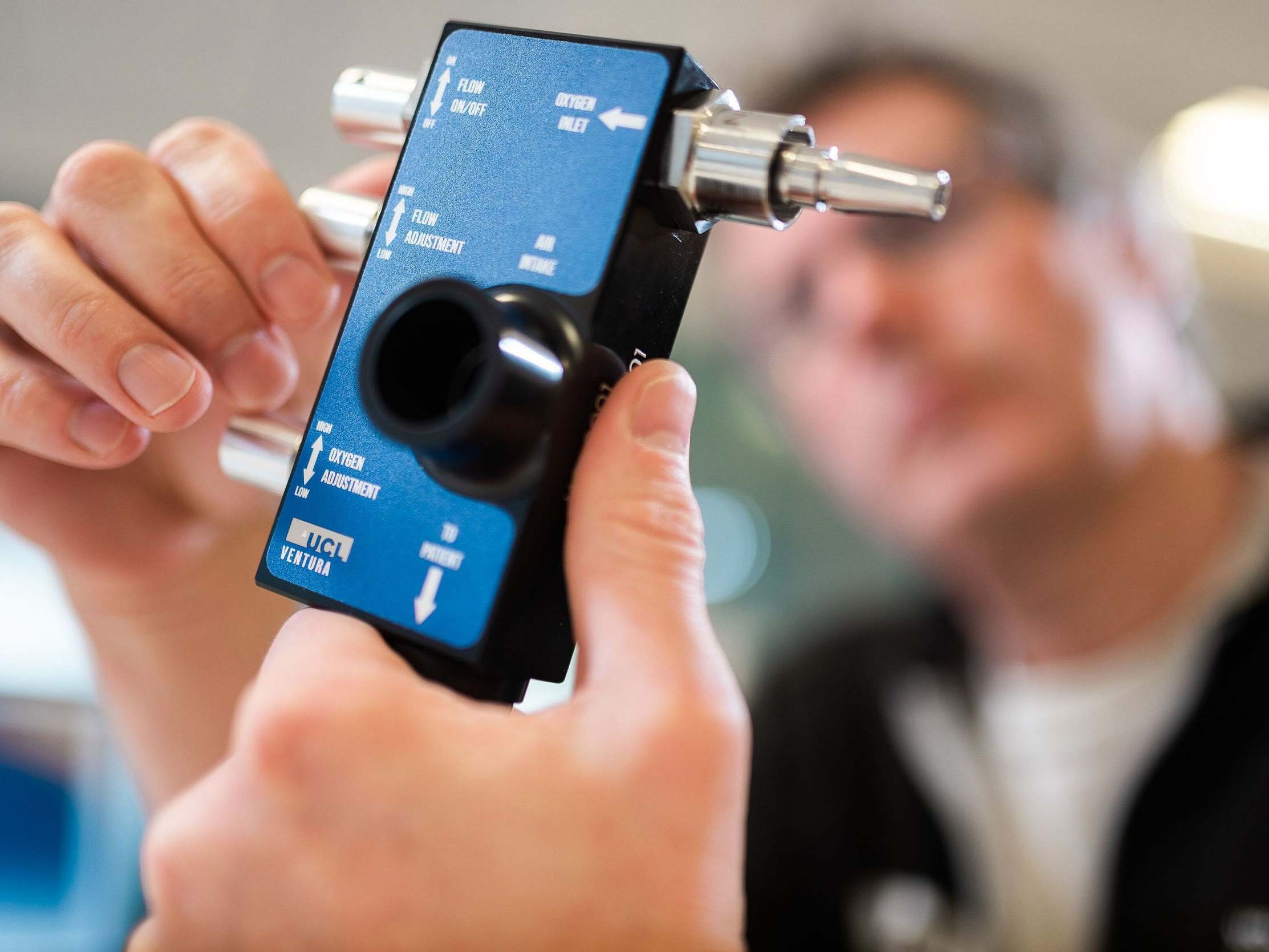Coronavirus: Mercedes F1 team to start delivering 10,000 breathing aid devices to hospitals this week
Reigning F1 world champions have developed and produced a Continuous Positive Airway Pressure device with up to 1,000 being built each day at their High Performance Powertains technology centre using machines that build their race-winning engines

The Mercedes Formula One team will start to deliver up to 10,000 breathing devices to the National Health Service this week after receiving a bulk order from the Government.
The reigning F1 world champions have transformed their Brixworth High Performance Powertrains technology centre into a fully-functioning factory that is building up to 1,000 Continuous Positive Airway Pressure (CPAP) devices each day, named the UCL-Ventura, with trials in London hospitals proving successful.
The move to help the coronavirus relief effort, which is part of F1’s Project Pitlane scheme, took fewer than 100 hours from the initial meeting to the production of the Mark I model, with a subsequent Mark II version using 70 per cent less oxygen and gaining approval last month from the medicines and healthcare products regulatory agency.
The device involves oxygen-mix air being forced into a patient’s mouth and nose at pressure, forcing the lungs to stay open even when the alveoli have collapsed due to Covid-19. It requires a sealed mask to be worn in order to prevent oxygen leaking out, though caution must be shown to ensure that droplets passing on coronavirus are not passed on to medical staff working in close attendance.
As a result, a hood can be required to wear to prevent the spread of infectious droplets.
Having been produced alongside the University College London (UCL) and clinicians at the UCL Hospital, the CPAP device was trialled on patients at the hospital, before getting the green light to be distributed on a mass scale.
“Since the project was announced, we have received an incredible number of enquiries about the CPAP device from around the world,” said Andy Cowell, Managing Director of Mercedes-AMG High Performance Powertrains.
Mercedes’s power unit department that is normally used to producing the dominant engine on the F1 grid, having powered Lewis Hamilton and Nico Rosberg to win the last six F1 world championships, have been completely transformed to work on the CPAP devices, with 40 machines that are designed for building pistons and turbochargers now being used for the production of the breathing aids.
Mercedes have also confirmed that they have made the design open source to enable it to be shared and copied worldwide, with the team also making available the licensed package that includes the designs, materials, tools and kit used in the rapid prototyping process and the fabrication time for each part.
“Making the design and manufacturing specifications available on an ‘open source’ basis will allow companies around the world to produce these devices at speed and at scale to support the global response to Covid-19,” added Cowell.

Professor Rebecca Shipley, Director of UCL Institute of Healthcare Engineering, said: “These life-saving devices are relatively simple to manufacture and can be produced quickly. We hope that, by making the blueprints publicly available, they can be used to improve the resilience of healthcare systems preparing for the Covid-19 pandemic globally.
“My thanks goes to the brilliant engineers, business managers and team at UCLB who have come together and made this happen at a pace that would be considered unimaginable under normal circumstances.”
Join our commenting forum
Join thought-provoking conversations, follow other Independent readers and see their replies
Comments